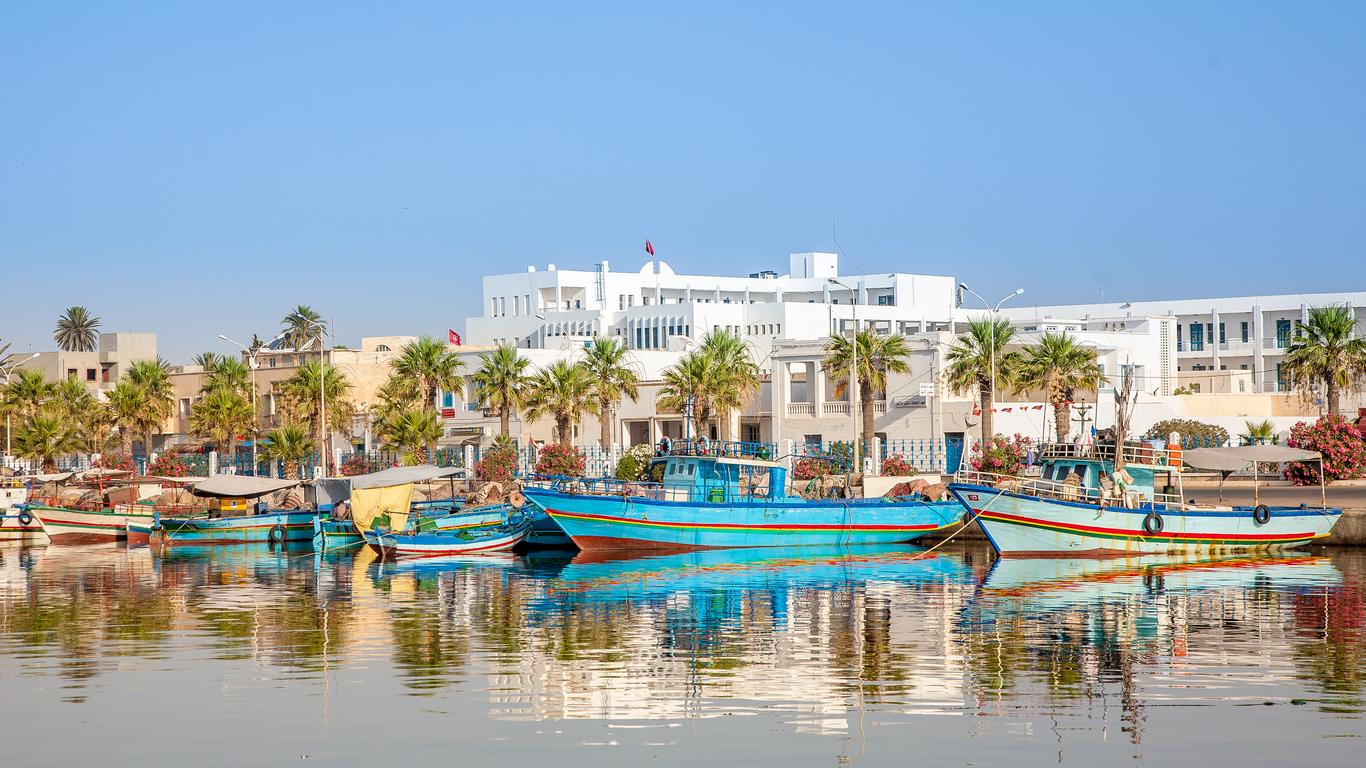
Cheap Business Class flights to Tunisia
Leverage Cheapflights for Your Next Trip
1. Tell us where you want to go
Enter your travel information like dates, passengers, trip type (one-way or round trip), and preferred cabin class then click “Find deals”2. Select your favorite providers
We find the providers serving your travel needs. Choose up to four travel providers to compare side-by-side for flights, hotels, or car rentals.3. Compare prices and book
Review each provider’s pricing and select the best option for you! Book through your favorite provider’s website for a seamless experience.Find business class flight deals to Tunisia
Cheapest business class flights to TunisiaExplore the most affordable business class flight options available to Tunisia. Find the lowest fares based on data from user searches, with prices last updated on septiembre 17, 2025.
Explore the most affordable business class flight options available to Tunisia. Find the lowest fares based on data from user searches, with prices last updated on septiembre 17, 2025.
Travel insights for business class flights from USA to Tunisia
Get recent, data-driven insights about business class flights from USA to Tunisia including ideal travel times, pricing trends, and more.
What is the cheapest month to book a Business Class flight from USA to Tunisia?
Currently, March is the cheapest month in which you can book a Business Class flight from USA to Tunisia (average of $2,214). Flying from USA to Tunisia in May is currently the most expensive (average of $4,500). There are several factors that can impact the price of a flight, so comparing airlines, departure airports and flight times can provide users with more options.
Rainfall in Tunisia by month
Plan your trip to Tunisia by taking into account the average rainfall totals by month.
In terms of precipitation, rainfall in Tunisia ranges from 0.0 - 2.4 inches per month. January is typically the wettest month, when rainfall can reach 2.4 in. July is typically the driest time to visit Tunisia when rainfall is around 0.0 in.
Temperature in Tunisia by month
Plan your trip to Tunisia by taking into account the average temperature totals by month.
If weather is an important factor for your trip to Tunisia, use this chart to help with planning. For those seeking warmer temperatures, August is the ideal time of year to visit, when temperatures reach an average of 80.6 F. Travelers looking to avoid the cold should look outside of January, when temperatures are typically at their lowest (around 51.8 F).